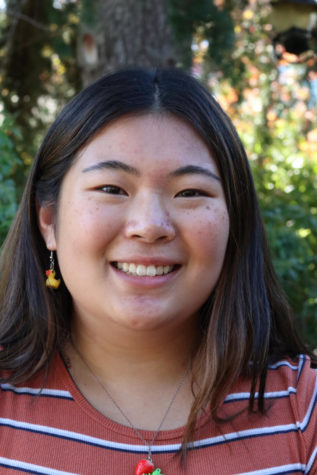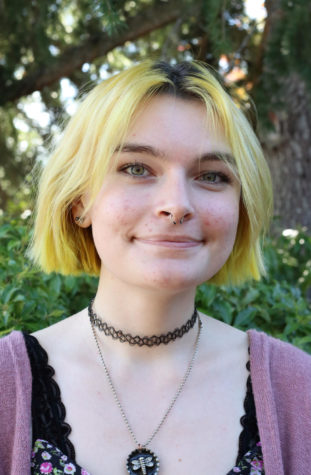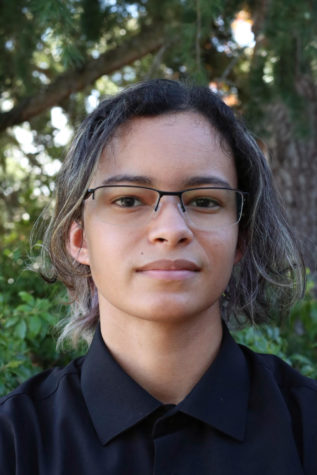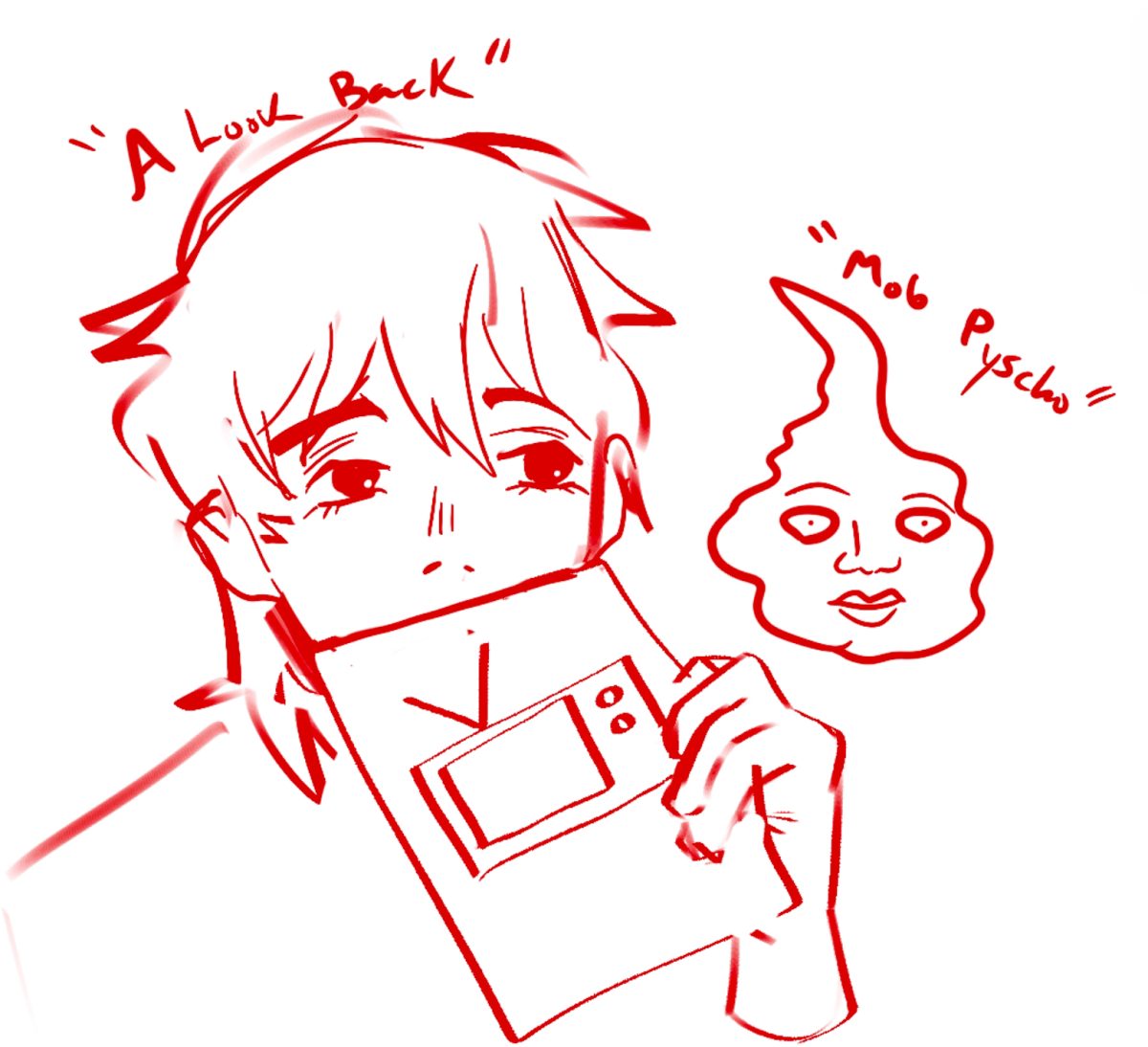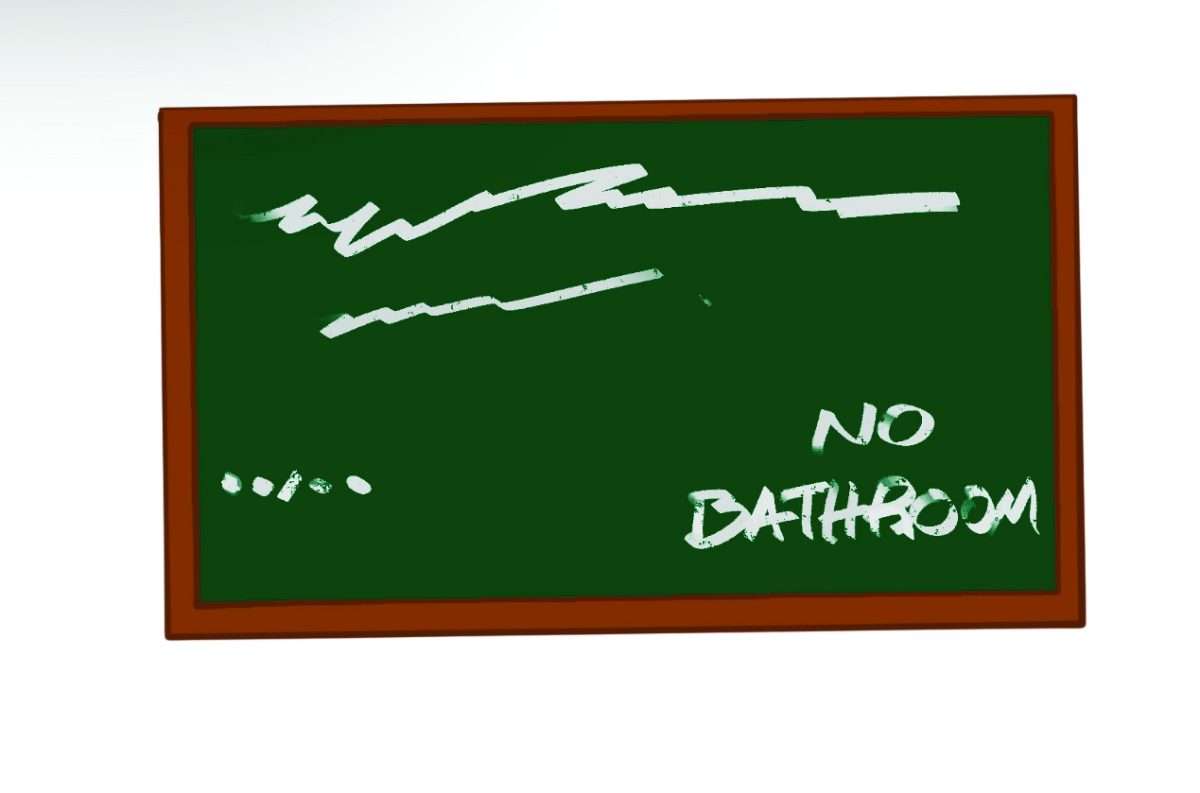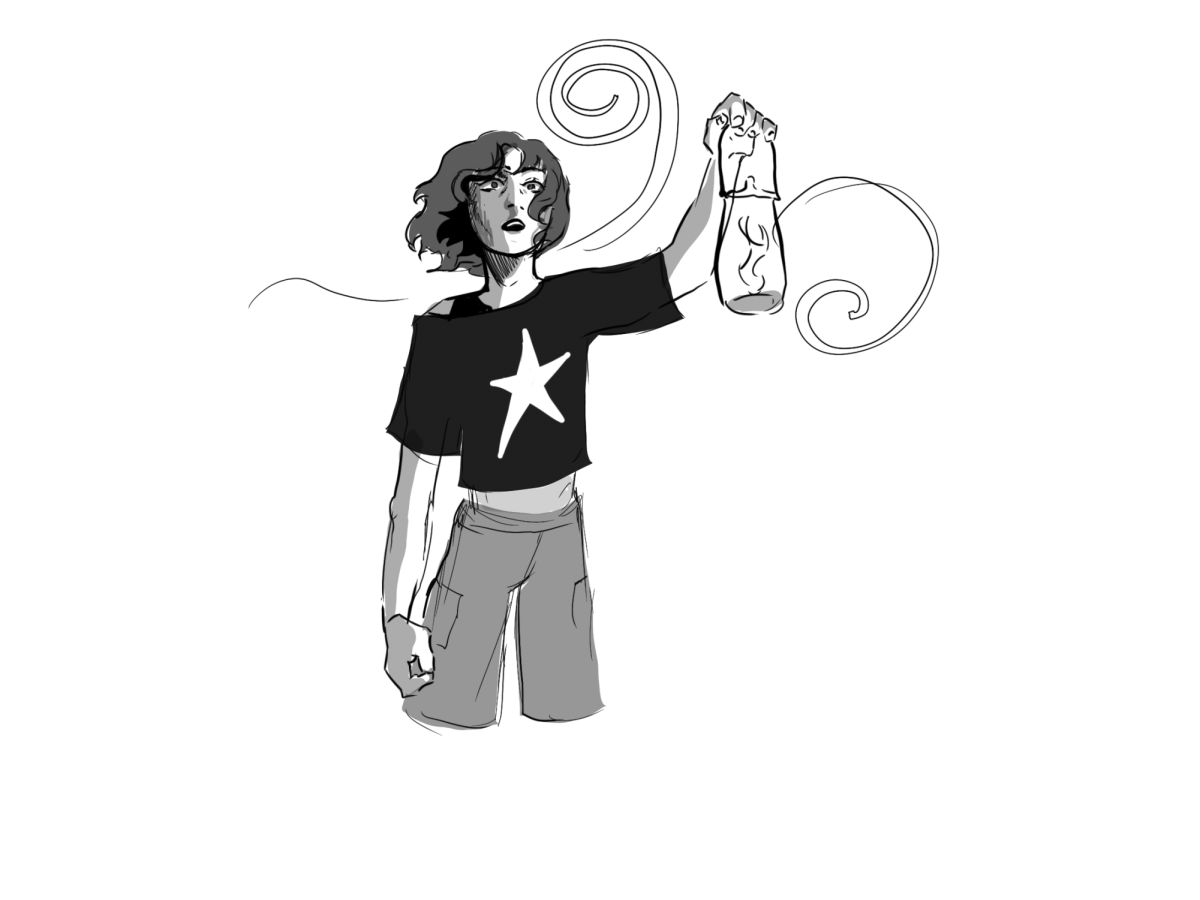Allowing all students back into the building and slowing the spread of COVID-19 are the top priorities at MTHS. With the return of all students and staff to the building, this is now quite the challenge.
Over the summer, the Edmonds School District and MTHS staff worked to ensure a safe learning environment, but whether or not the social distancing measurements are good enough to prevent spread of COVID-19 is up for debate.
On the first day back in school, the hallways were shockingly crowded. While it was great to be back, it felt like the start of another regular year with almost no social distancing at all.
After a year and a half of being advised to stay at least six feet away from other people, walking through crowded halls to get from class to class was alarming to say the least.
Senior Ainsley Ward, class of 2022 Vice President, shared a similar sentiment. Ward is one of the many students impacted by the pandemic.
She was one of the many students impacted by classes being shut down after three positive COVID-19 cases were identified in the first week of school.
“I was affected by one of the six classrooms. I was in Dremousis’ first period AP Government class,” Ward said. “The class at the time had about 47 kids in it, and for the first week or so, we were cramped into his classroom with kids sitting along the walls and standing in the hallway while he spoke.”
Multiple classes faced the issue of overcrowding, but AP Government and Politics was one of the worst examples. In only the first week of school, all 47 students in the AP Gov class, as well as students in five other classes, were sent into quarantine with almost no notice. The event was sudden and no one knew what the future of being in-person would hold.
“When news came out that I was exposed, I was fuming,” Ward said. “I had thought the school district didn’t do enough to protect the students, especially [the ones in that class] with [it being] as big as it is.”
The news about the class closures wasn’t surprising at first. With the school building reopening, students getting COVID and having to quarantine was inevitable. Still, six classes and over 140 students home on only the fourth day showed a grim reality about the effects of COVID-19.
It was eerie coming into school on Sept. 13. The hallways weren’t crowded anymore, rather strangely open and quiet.
Even George Dremousis, the AP Government, U.S. History and Senior Social Studies teacher, felt uneasy in his first few days of teaching. With his small classroom hidden in a tight corner on the first floor, attempting to shove more students into the room than could fit proved to be disastrous.
“When I had a class with 30 physical seats and 40 plus students enrolled and another with 38 students, I did not feel that there was a safe working atmosphere,” Dremousis said. “That being said, I did make repeated requests to make the size of those two classes smaller.”
Communication was extremely unclear to all students, including those quarantined. Those quarantined didn’t know when they could return, and those still in-person didn’t know what to expect moving forward.
Eventually, things were starting to look up. Students were told that with a vaccine card and a negative test result, they could return the following day.
“Luckily we soon figured out that if we reported our vaccination status, a negative COVID test and presented with no symptoms, we could get back into the building very quickly,” Ward said.
It was relieving to have people back in from the closure, and in the aftermath of this event, guidelines and restrictions changed. Teachers were required to enforce strict seating charts, ensuring students exposed to COVID could be tracked and quarantined with contact tracing. As of Sept. 27, the school also split the two pre-existing lunches into three: one before fourth, one in the middle and one after. Also, only two to three students are permitted to move from one advisory class to another, with extra emphasis on contact tracing.
While a lot of the measures in place are working, there are still problematic situations across the school. During nutrition break after first period, for example, it’s almost impossible to walk past the HUB with all of the students congregating to get snacks. The halls, especially the intersection at the top of the main stairway, are also packed as students leave after school.
A lot of changes have already been made to make MTHS safer since the first day of school, and more changes are sure to come. Going into the school year, many students’ outlook on staying in-person wasn’t optimistic.
After experiencing the social distancing measures firsthand, however, there’s more hope that the actions being taken to minimize the spread of COVID will be enough to keep us in-person and maintain some level of normalcy.





